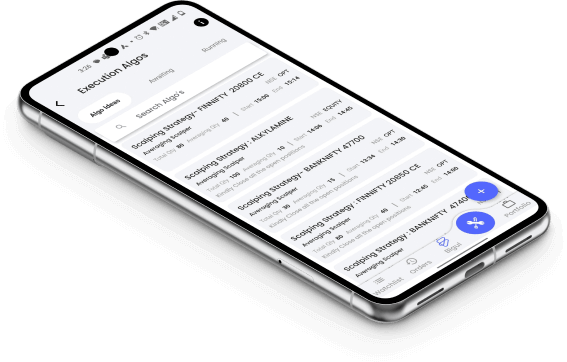1. Eligibility Criteria
- The company must be registered as a public limited company.
- It should have a minimum net worth of Rs. 1 crore in the past three financial years.
- There should be a minimum of 25% public shareholding after the IPO.
- The company must have a track record of minimum of three years of profitability..
- It should not have any pending legal or regulatory issues.
2. Choosing a Merchant Banker
Select a reputable merchant banker or underwriter with experience in SME IPOs. They will guide you through the process and ensure regulatory compliance.
3. Preparing the Draft Red Herring Prospectus (DRHP)
The DRHP is a crucial document that provides detailed information about the company, its financials, and the IPO details. It must be filed with the Securities and Exchange Board of India (SEBI).
4. SEBI Approval
Once the DRHP is filed, SEBI will review it and may seek clarifications or ask for changes. This process can take several months.
5. Roadshows and Marketing
During this phase, the company and the merchant banker conduct roadshows to present the IPO to potential investors and create interest.
6. Price Discovery and Allocation
The merchant banker determines the IPO price based on investor demand and company valuation. Shares are then allocated to qualified institutional buyers, non-institutional investors, and retail investors.
7. Listing on the Stock Exchange
Once the shares are allotted, the company's stock is listed on the chosen stock exchange (BSE SME or NSE Emerge). Trading begins on the listing date.
8. Post-IPO Compliance
After the IPO, the company must comply with ongoing reporting and disclosure requirements as a listed entity.
SME IPOs offer a unique opportunity for small and medium enterprises to access capital, increase visibility, and enhance credibility. By following these steps and meeting regulatory requirements, SMEs can successfully navigate the IPO process and unlock new avenues for growth.















